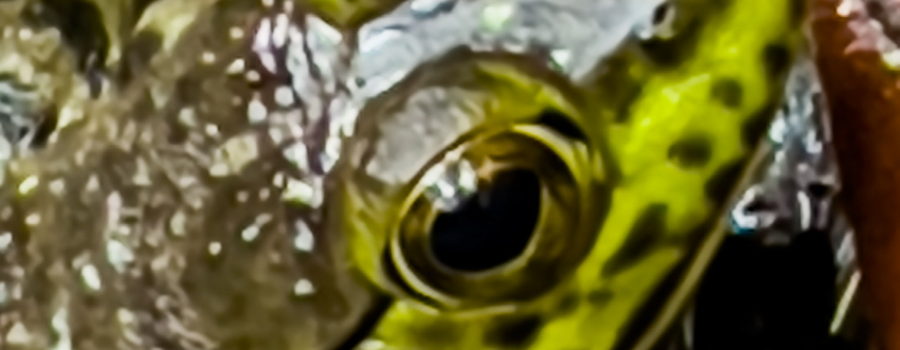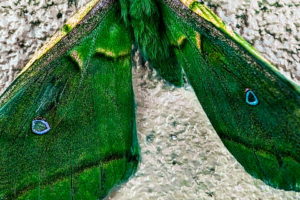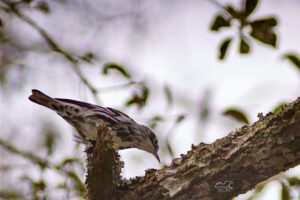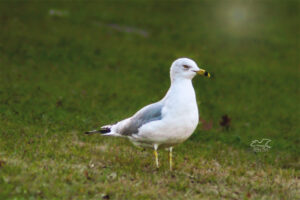The American Bullfrog has an Interesting and Complex Social Structure

Any of you that have followed me for long know how much I like frogs. This year has been a little disappointing for frogs because earlier in the spring we had about a three month long drought. The drought changed a lot of what we’ve been seeing in wildlife and wildflowers this year. For example, my passion fruit vines all died back just as they were starting to blossom. When the rain did come, they began to grow again, but we won’t have any fruit this year. The drought also killed a lot of the caterpillars, so this summer I’m seeing a lot fewer butterflies than in previous years. The drought definitely took its toll on the frogs, too. I’m seeing very few green tree frogs whereas they are usually all over the place this time of year. Until last week I had not seen any American bullfrogs, and I still haven’t seen any cricket frogs. I was very happy to see the little bullfrog, though.

It’s definitely a young one. It’s pretty small and in one of the photos it looks to me like it even has a little stump of a tail left (but it could be something else since there are a lot of sticks and leaves in the water, too). I’ve actually spotted it a couple times in the past week, but unlike the larger ones I had around last summer, it is very wary about me and about the dogs. In fact, the whole reason I noticed it the first time was that I walked by and startled it so much that it actually squeaked as it dove into the water and hid on the bottom. It took me several days to be able to get some decent photos and then only by moving very slowly and quietly.

American bullfrogs are native to the eastern United States ranging from Newfoundland south into north and north central Florida and west into Texas and Oklahoma. They have also been introduced into much of the western United States, Hawaii, and overseas in many locations. In most of these areas they are considered invasive pests since their high reproductive rate, high adaptability, and voracious appetites allow them to wreak havoc on native species. The main reason for them being introduced into so many other locations is their size and the fact that they are useful as food for human beings. A full grown American bullfrog can reach a weight of over 1 pound and will eat almost anything that will fit in it’s mouth! You can probably imagine how this could be devastating to a local ecosystem where these frogs are not native.

American bullfrogs have a fairly complex social structure, especially when it comes to mating behaviors. Males have a tendency to form choruses, which are groups of males living in fairly close proximity. It is believed that the reason for this is that it allows their vocalizations to be louder and thus attract more females. Within the chorus there is also a hierarchy, with the most dominant males marking their places with vocalization, posturing, and occasionally fighting. The choruses tend to be dynamic and break up and reform regularly. When females are attracted by a chorus, the most dominant males are the ones chosen to breed. The females are receptive for only a short period, sometimes only a night or two. When the female is receptive, the male will grasp her behind the front legs. The female will lay 15,000 to 20,000 eggs which the male will spray with sperm. Once she has mated, the female will move on while the male will continue to try to attract more females. The eggs usually hatch within a few days when the conditions are right. The small tadpoles usually try to stay in shallow water and feed on bacteria, pollen, single celled algae, and other small particles. As they grow they venture into deeper waters and begin to eat larger organisms. The time to metamorphosis into a young frog depends highly on the environment, with it happening in a few months in warm climates, and can take up to three years in colder areas.

As you can see, these frogs maintain a highly complex social structure, and are incredibly adaptable to many environments. In places where they are native, they can be good for the environment by eating pest insects and keeping populations of small mammals in check (think rats and mice), but where they are not native they can be harmful. Do you have American bullfrogs where you live? If so, are they native or nonnative?






Recent Comments